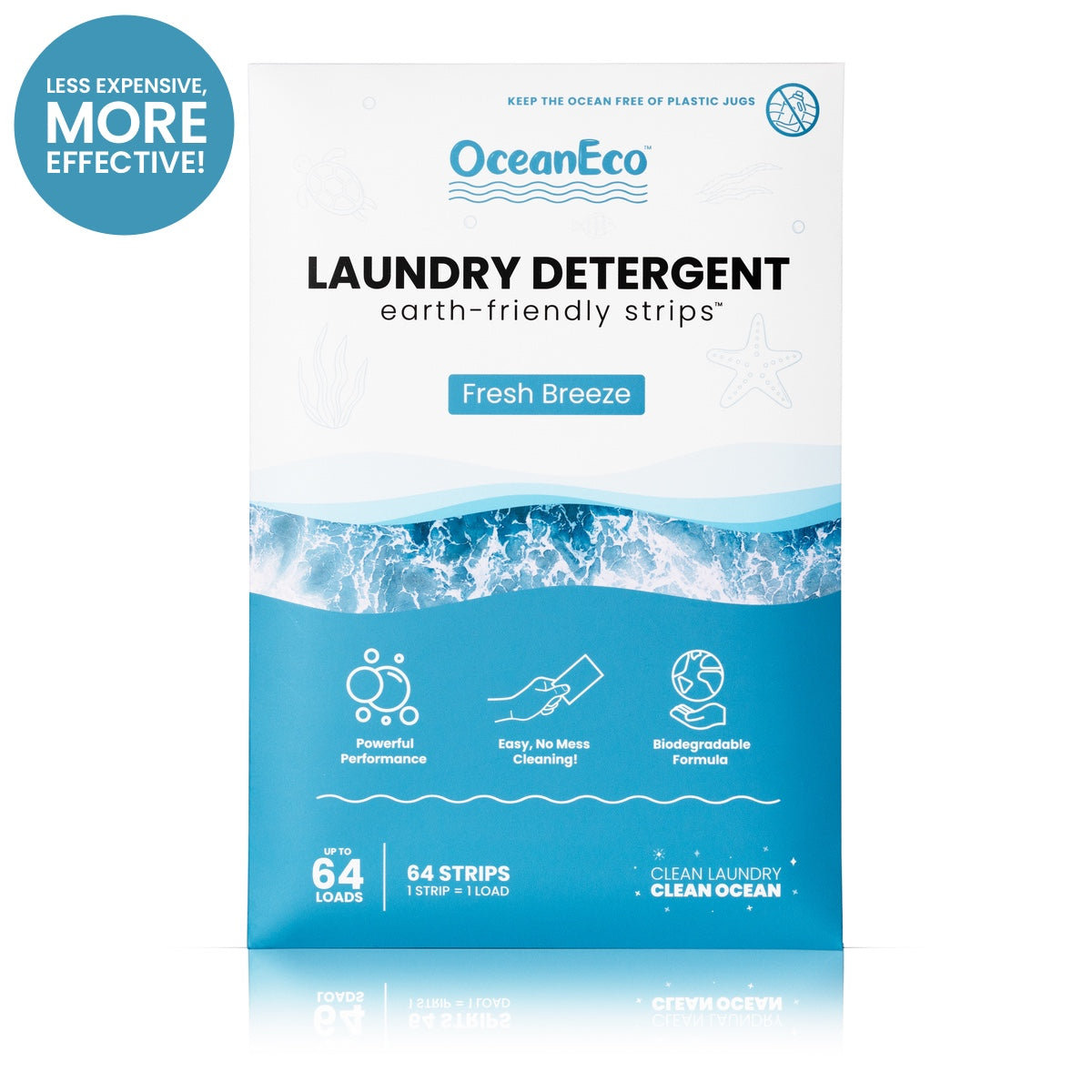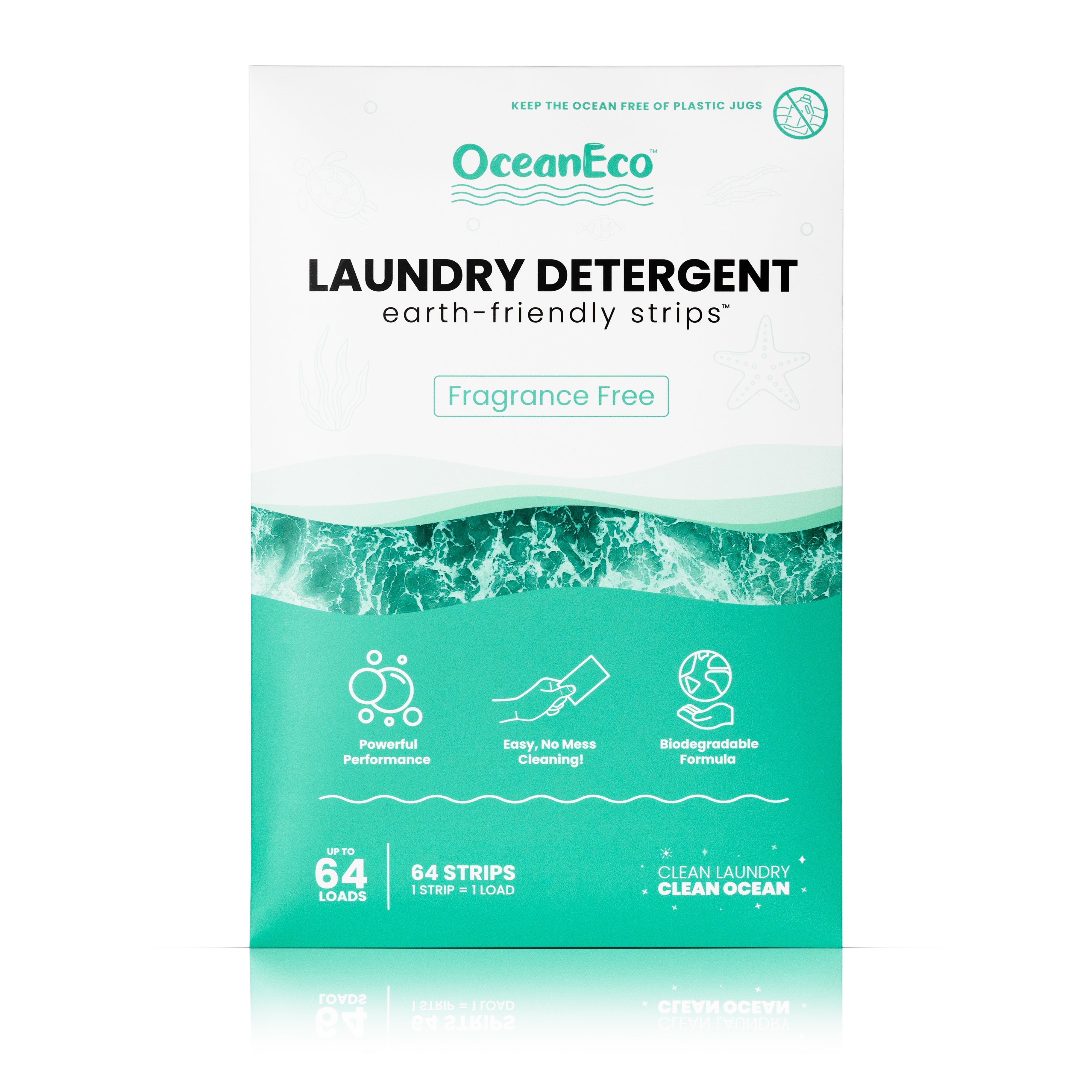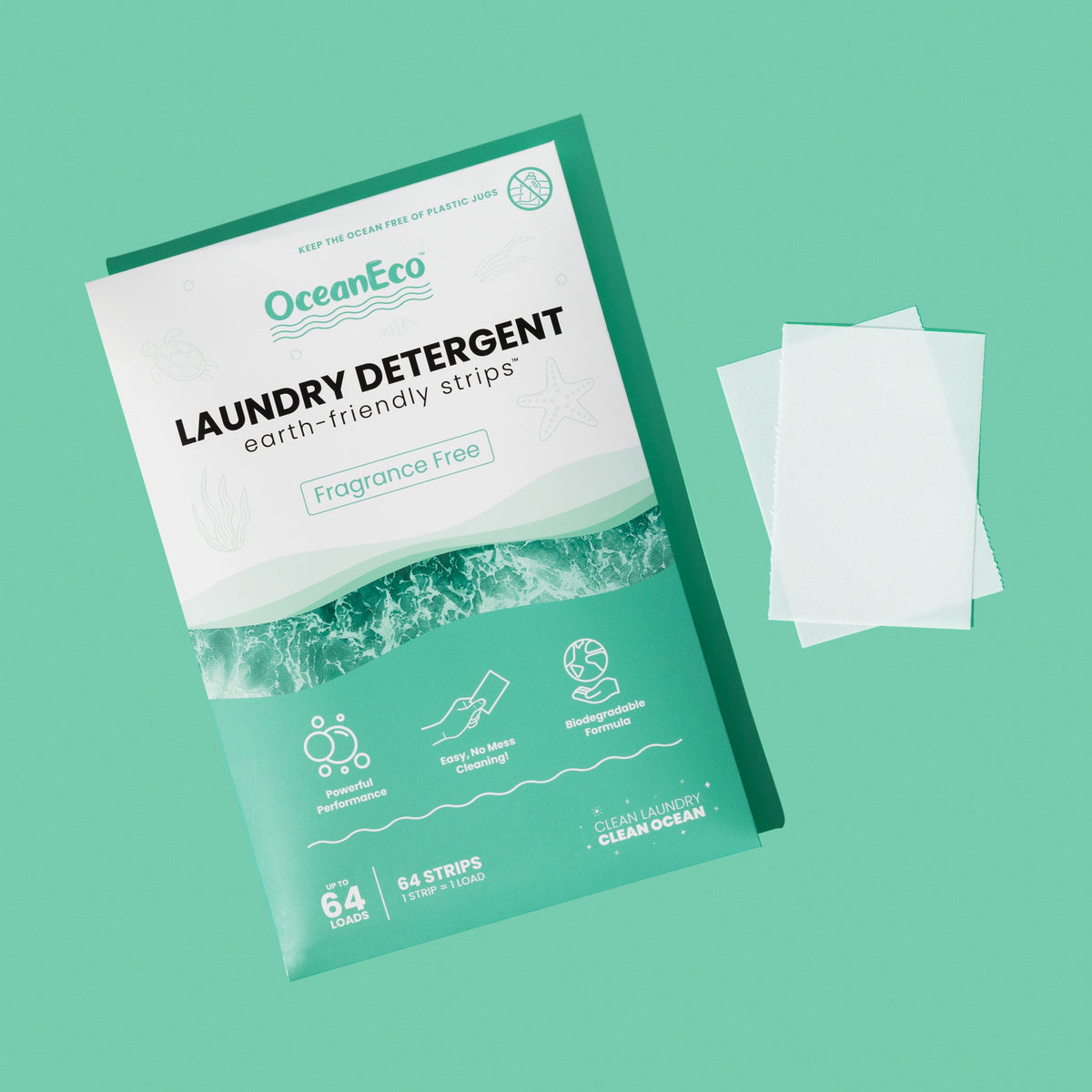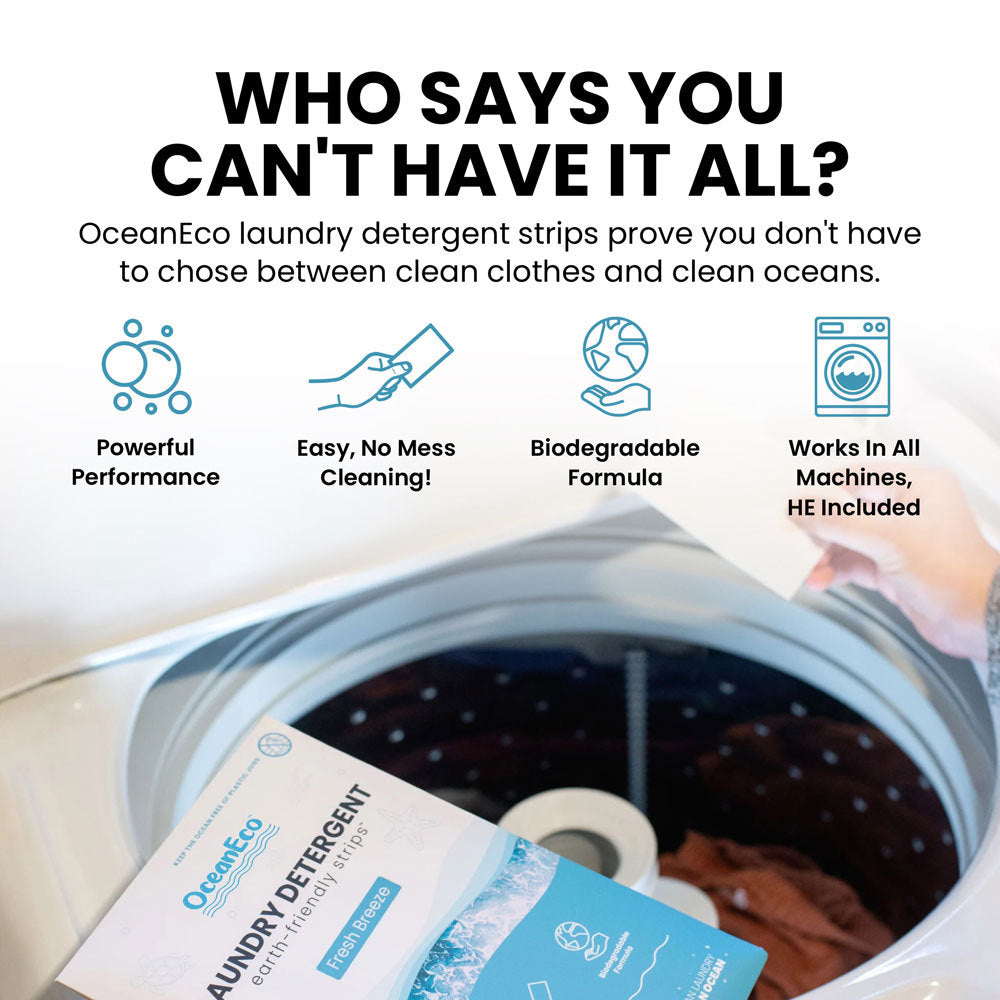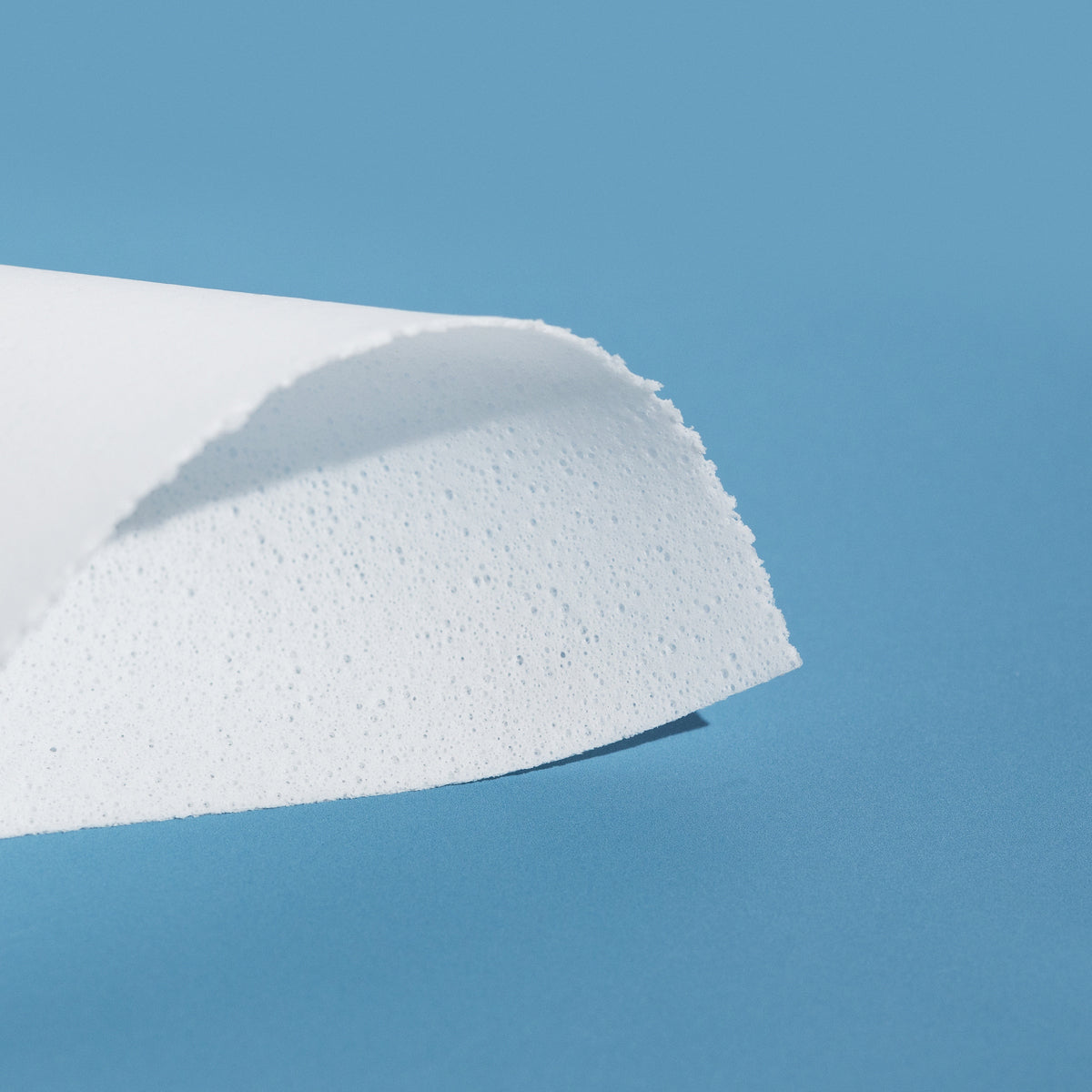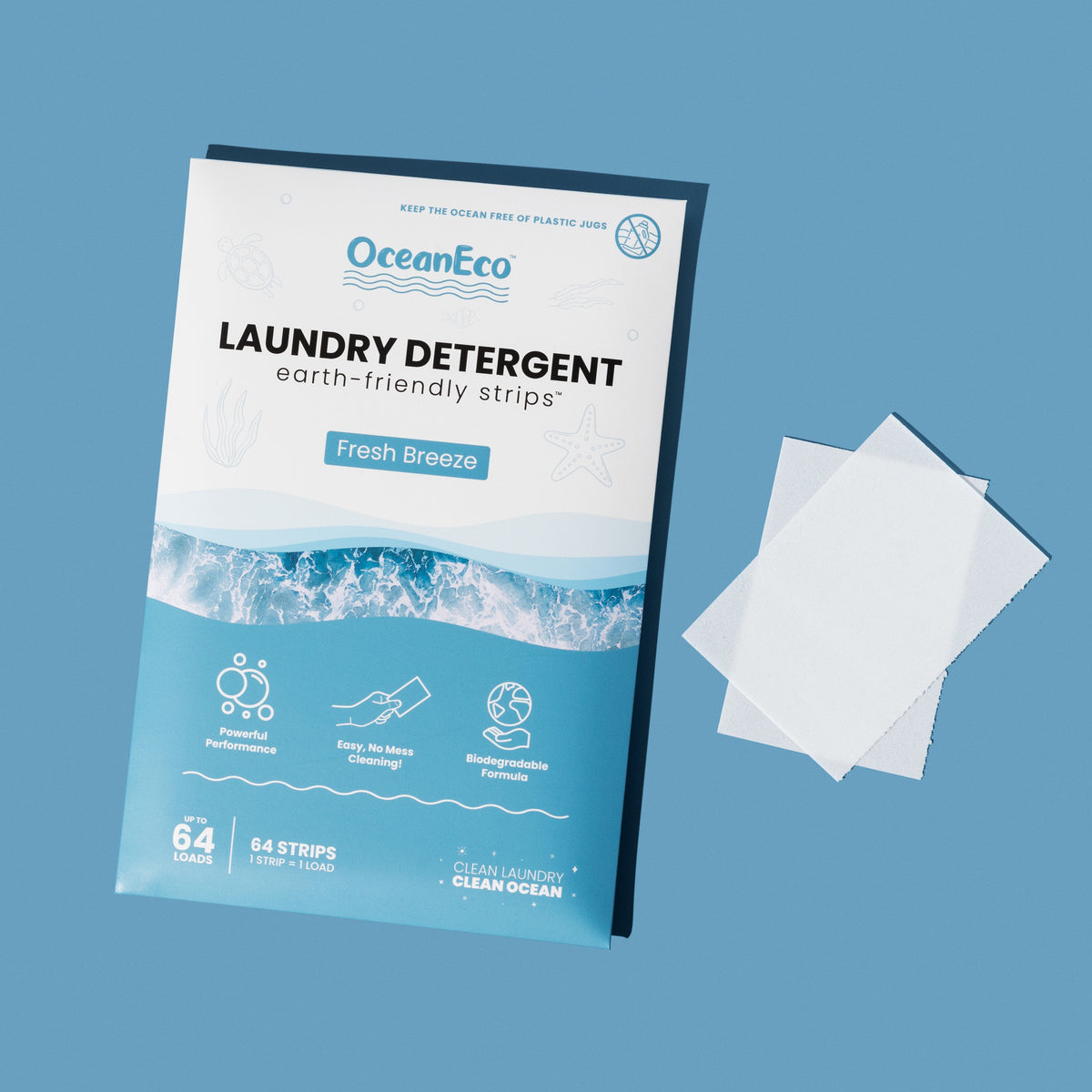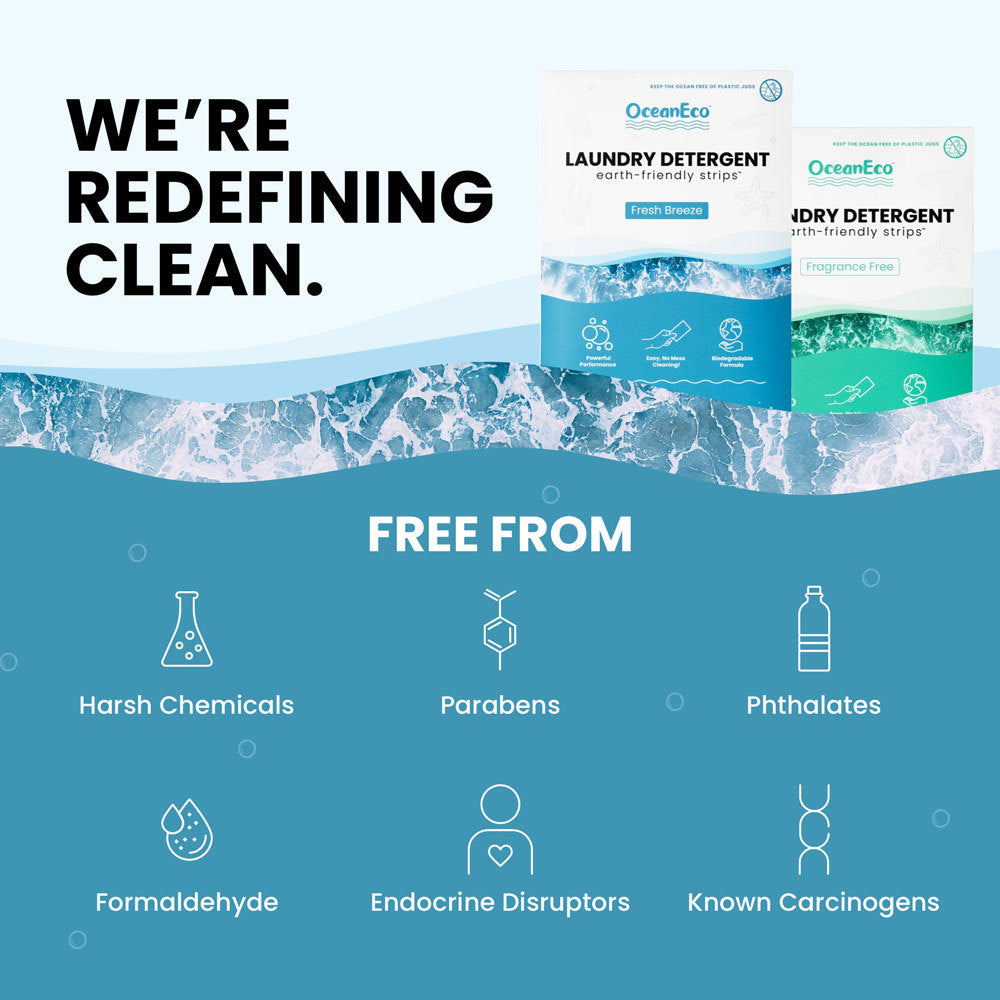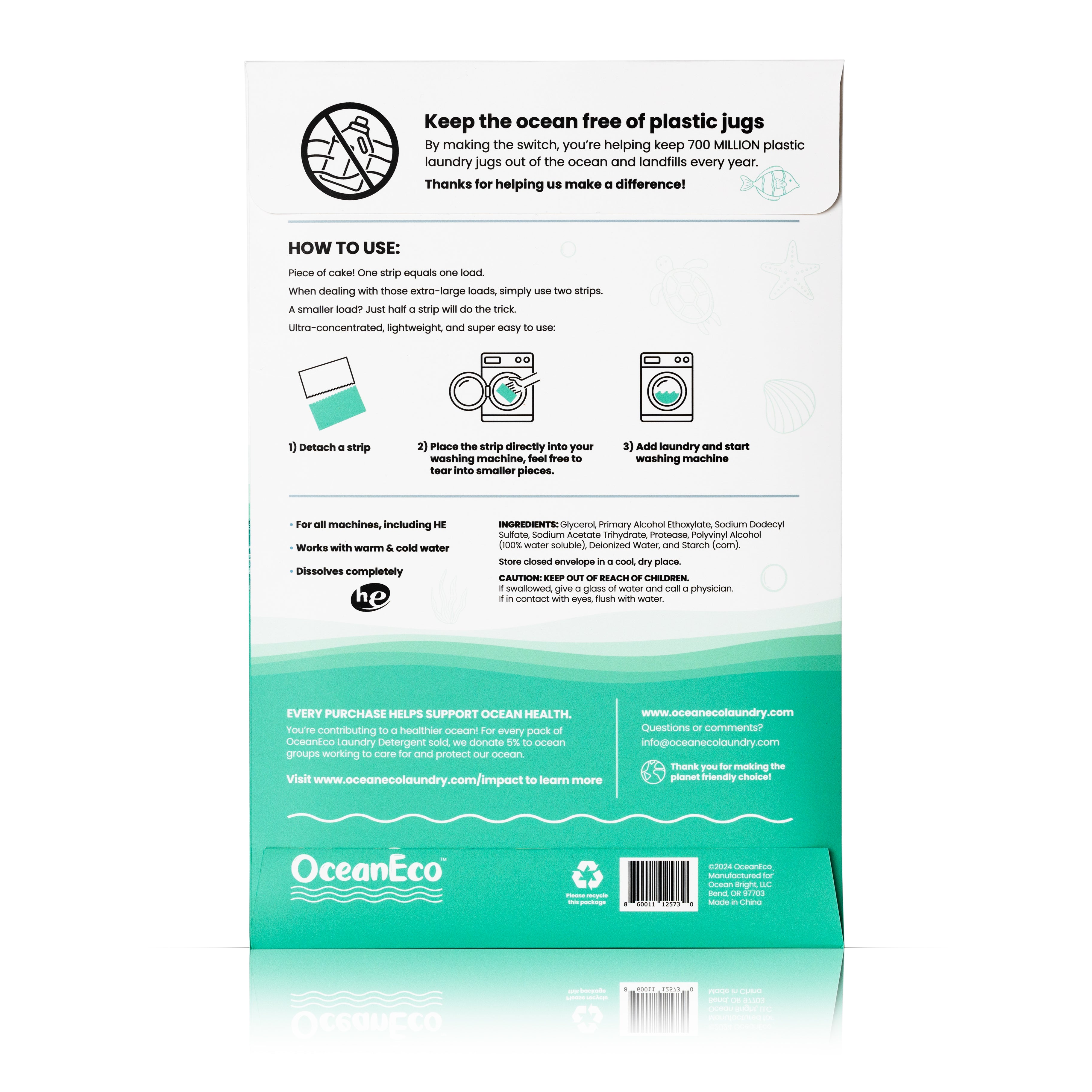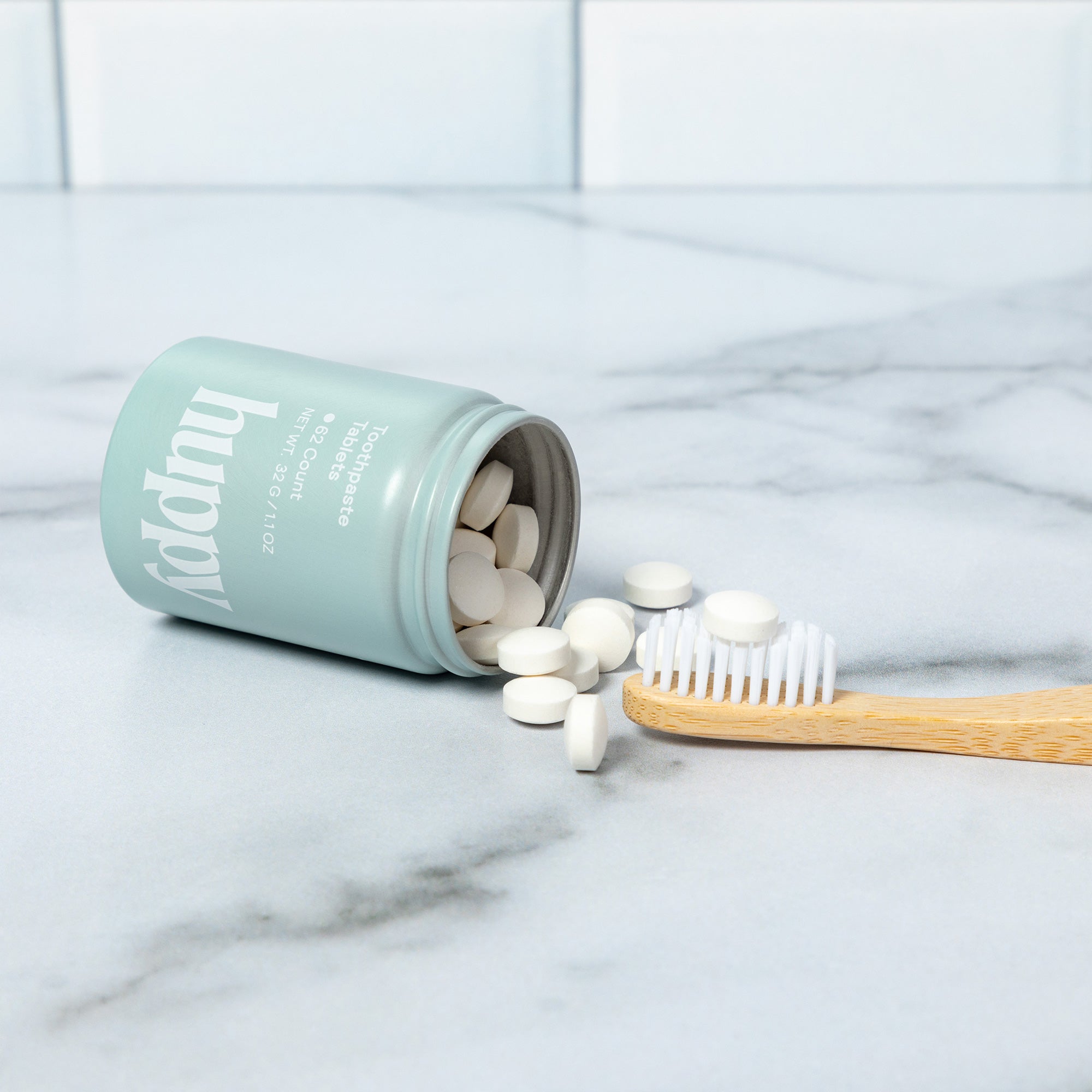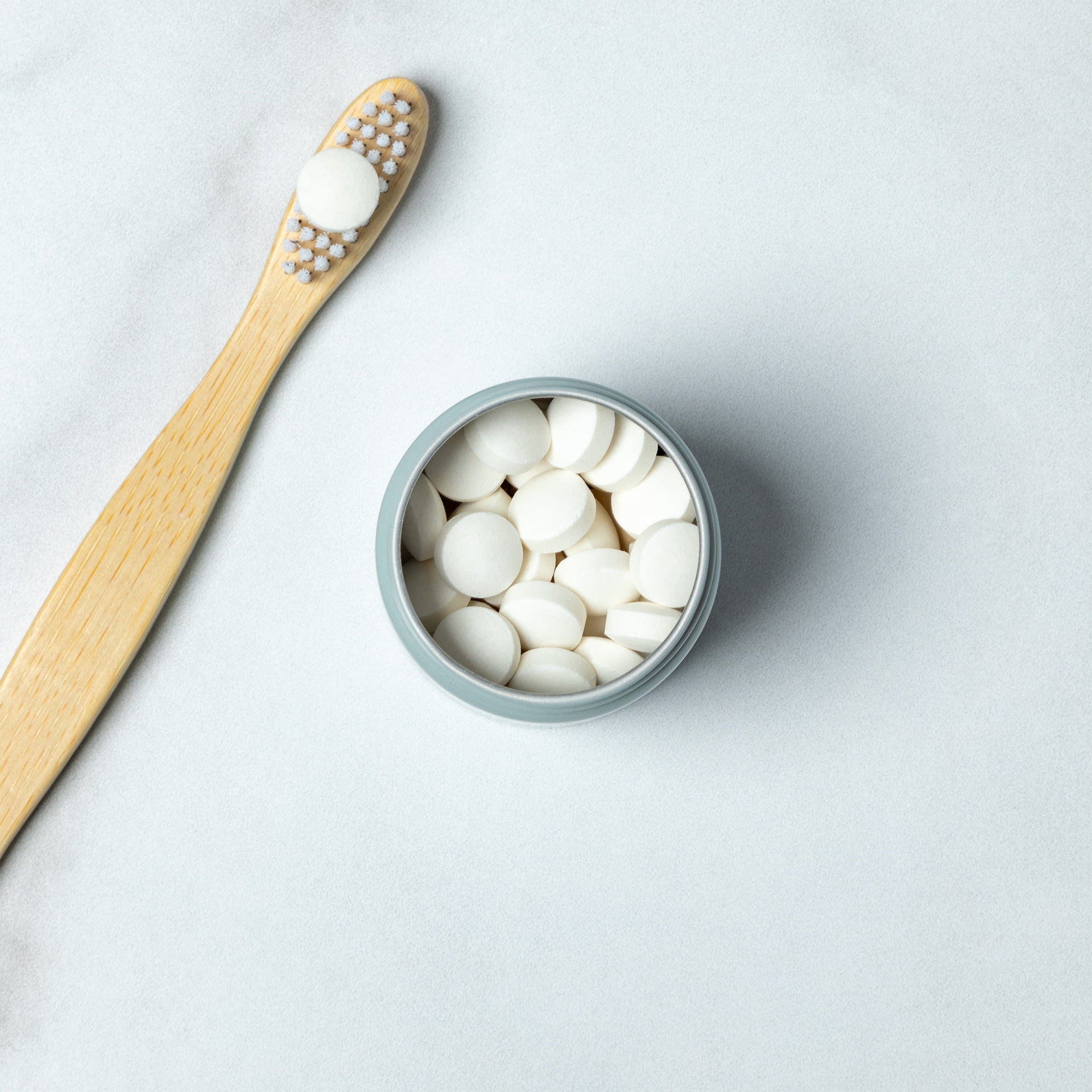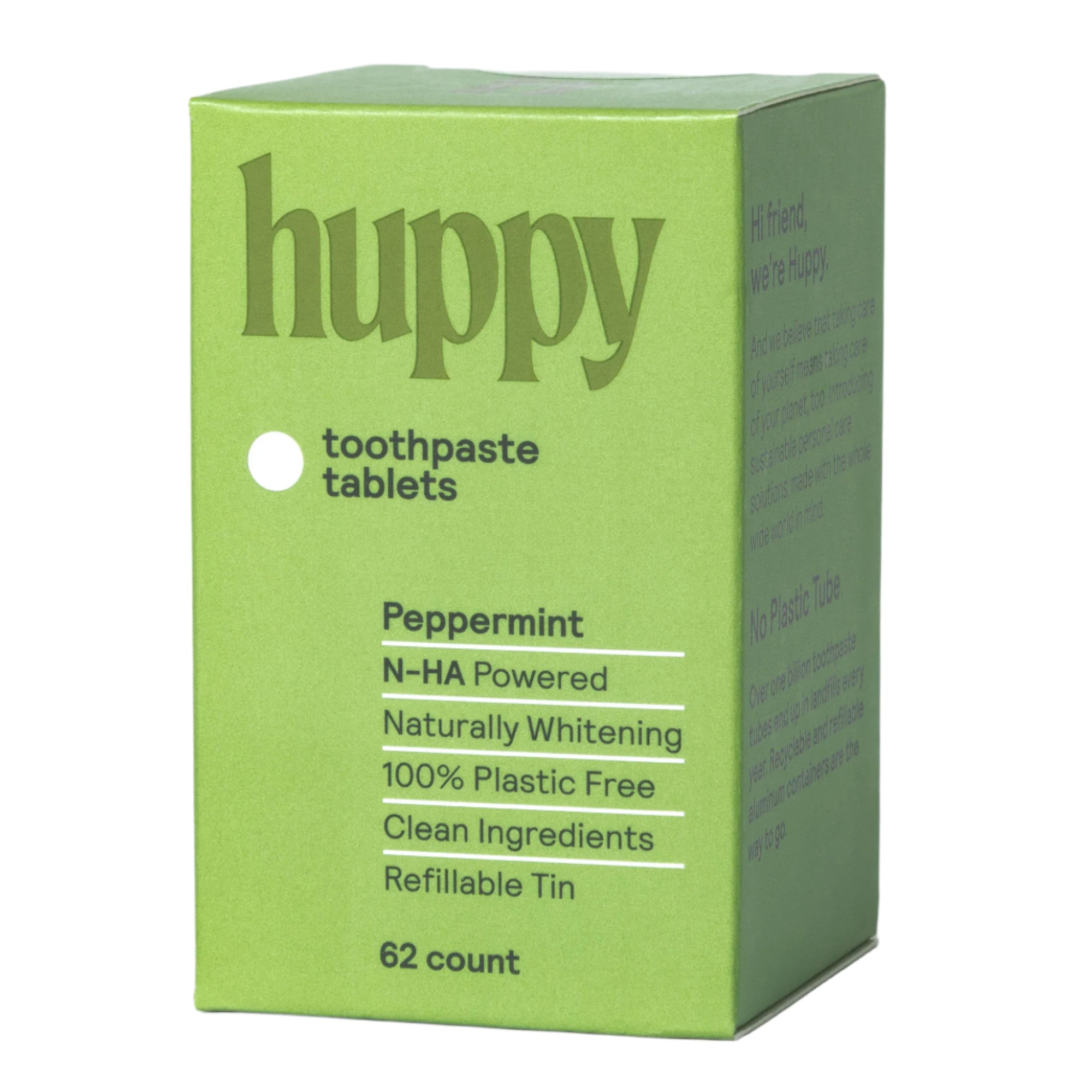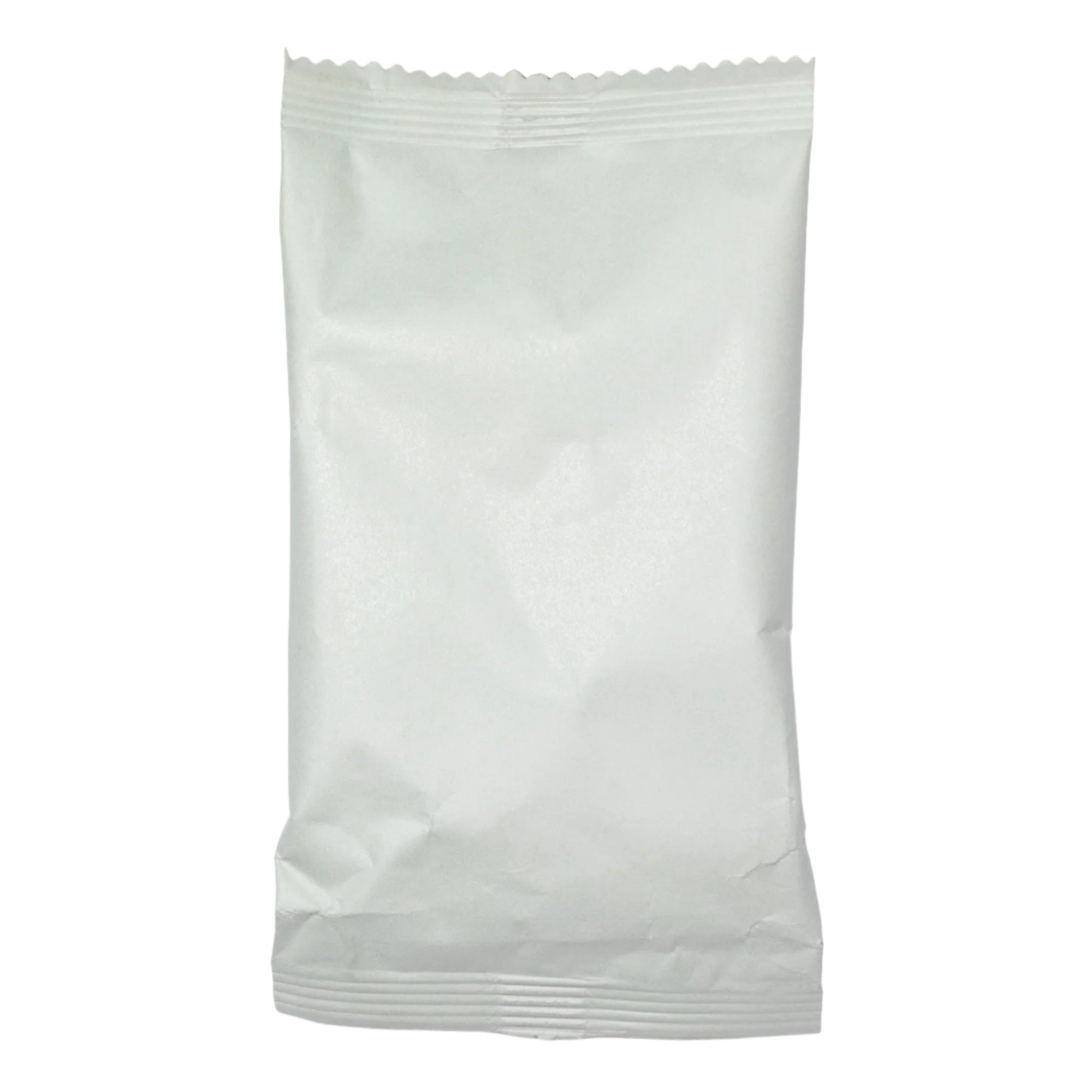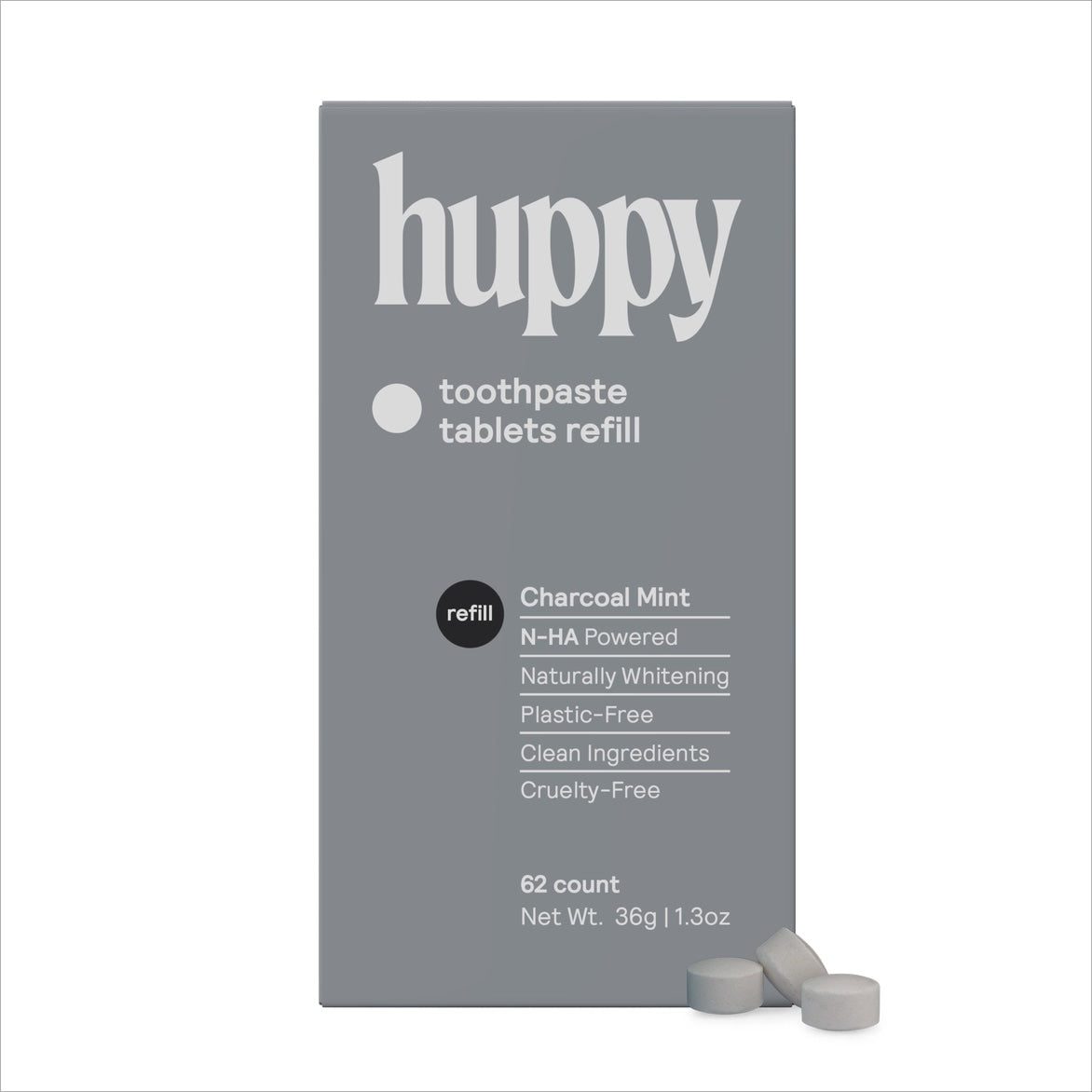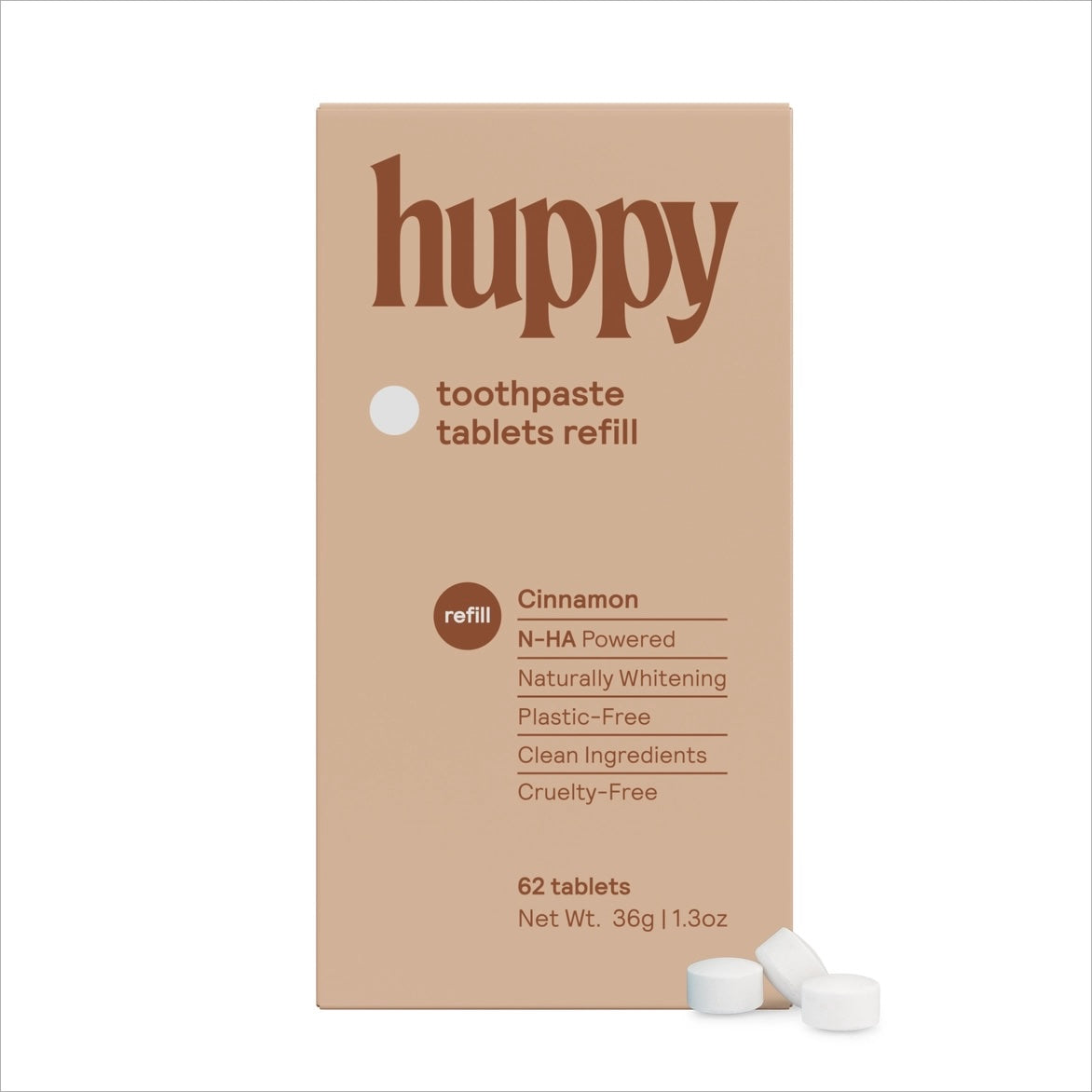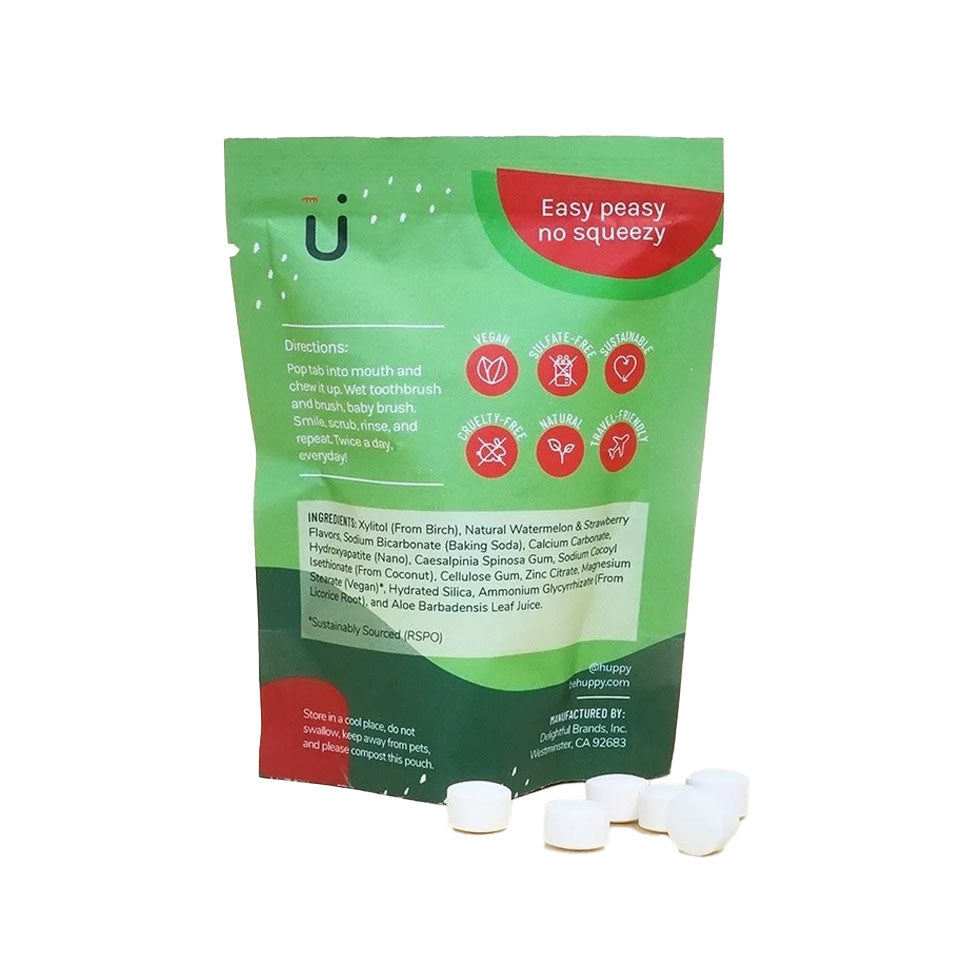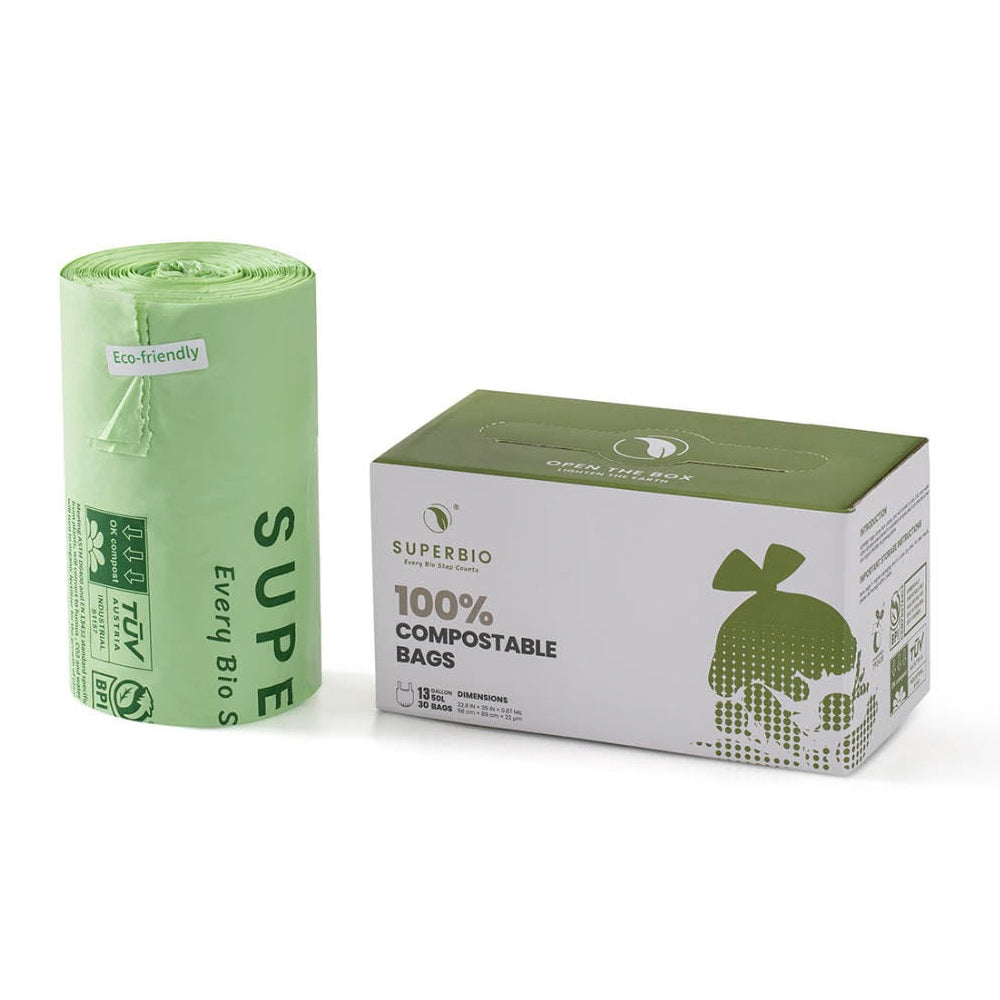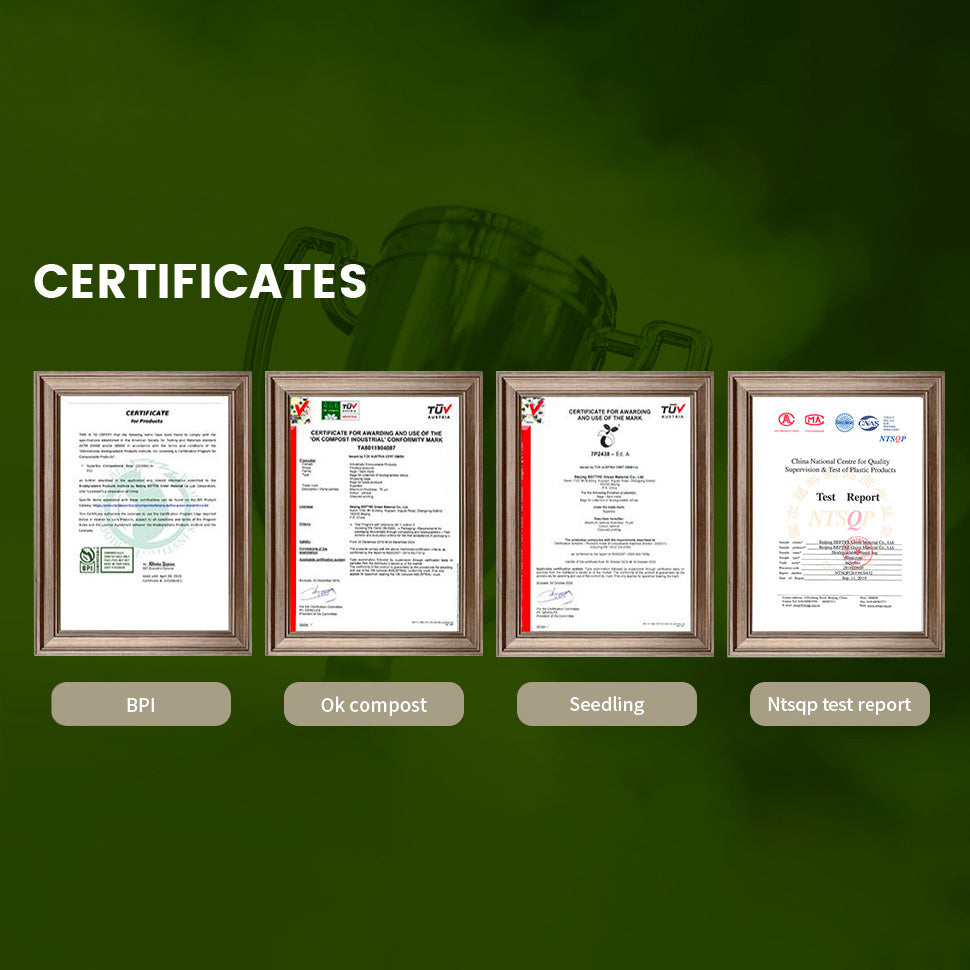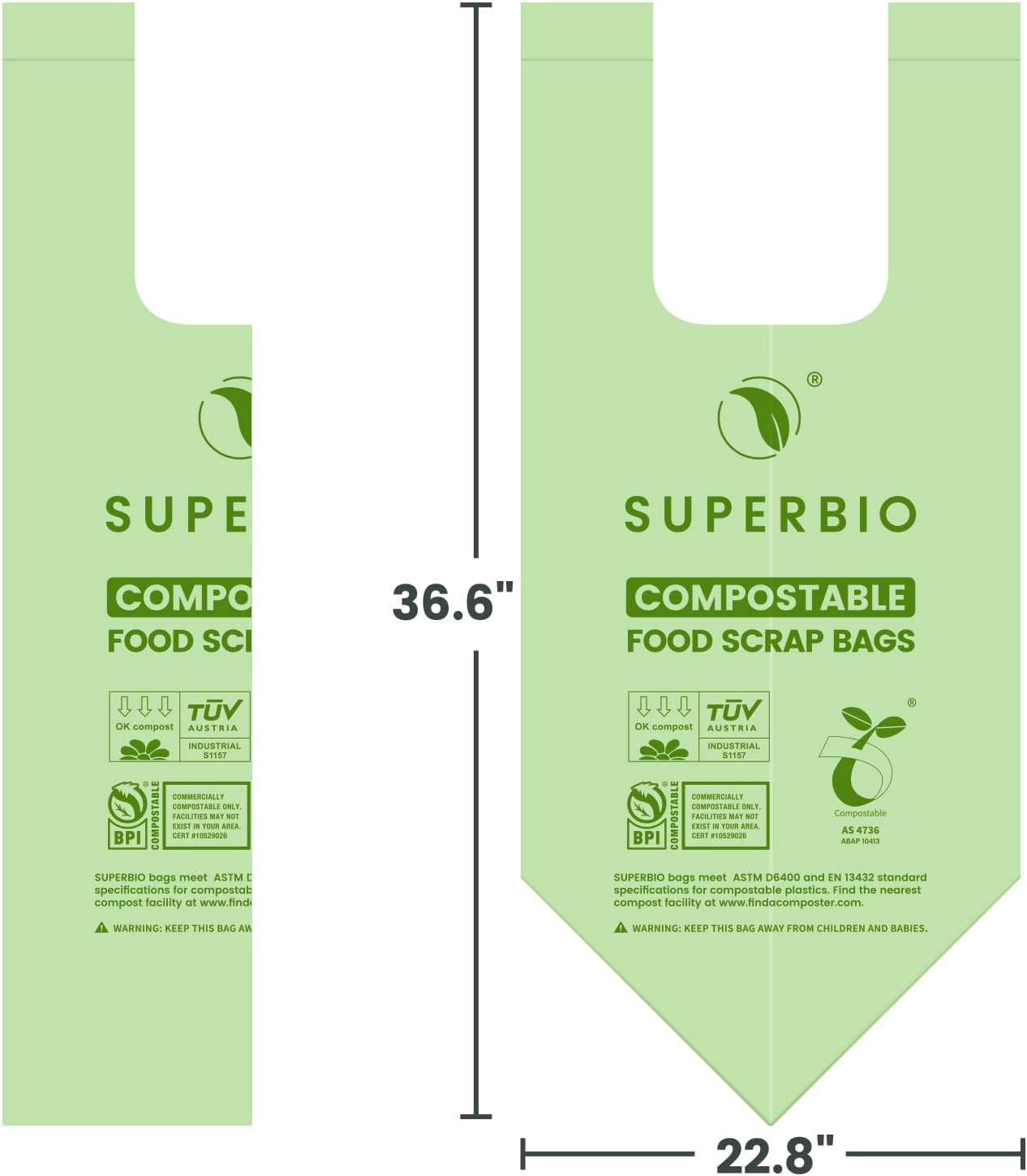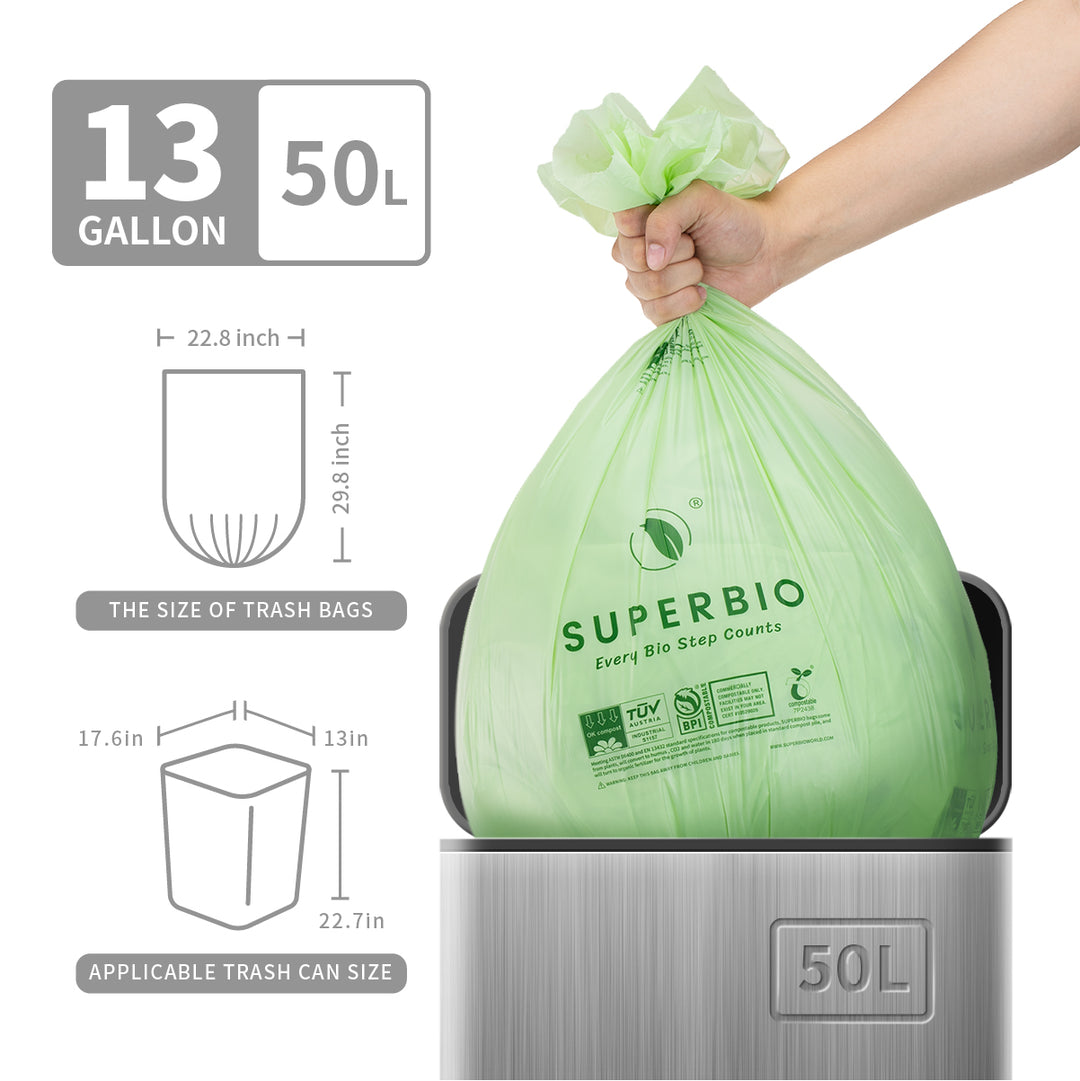Sharks Are Losing Their Teeth As Oceans Turn Acidic
Sharks rule with their mouths. Rows of blades do the work. But the ocean is turning sour as it absorbs carbon dioxide, and that shift is eating away at those blades. The average pH has slipped from about 8.2 to near 8.1. Scientists warn it could fall toward 7.3 in coming centuries if emissions stay high, a change that means far more acidic seas, VICE reports.
The damage is now visible on shark teeth collected for a controlled test. Under microscopes, teeth soaked in lower-pH seawater looked pitted and fragile, with cracks and holes across the surface, according to researchers at Heinrich Heine University Düsseldorf, reports BBC Science Focus.

Sharks rely on rows of sharp teeth to survive.
What Acid Does to a Predator’s Tools
Blacktip reef shark teeth incubated for eight weeks in water at today’s pH and in more acidic water showed stark contrasts. In the harsher bath, the tooth surface turned rough and irregular. Circumference appeared larger not from growth but from erosion that changed the outline in two-dimensional images, according to ScienceDaily. Researchers documented increased root corrosion and structural degradation that could make teeth more likely to break.
These weapons evolved to slice flesh, not to resist acid.

Ocean acidification is corroding shark teeth.
Why This Matters Beyond the Bite
Many sharks cycle through new teeth. Replacement is constant. But if acidified water weakens teeth faster than sharks can swap them, hunting could suffer. According to ScienceDaily, that risk grows for species that keep mouths open to breathe, which leaves teeth in nonstop contact with seawater.
Extra energy spent on tooth repair or faster replacement could strain animals already pressured by overfishing and habitat loss.
The Experiment Behind the Warning
The team examined dozens of shed teeth from aquariums and paired them into control and acidified treatments for two months. Every tooth exposed to the lower pH showed visible harm under electron microscopes, while fewer control teeth did, Popular Science reports.
Researchers also measured the surface roughness that might, in theory, aid cutting but still leaves the tooth weaker overall. Maintaining today’s average pH near 8.1 could be critical to keep predators’ tools intact, the study’s authors told BBC Science Focus.

Human-driven CO₂ emissions lower ocean pH.
From Chemistry to Ecosystems
Ocean acidification begins with CO₂ dissolving into seawater and releasing hydrogen ions that drive pH down. The process has already hit corals and shellfish; now even apex predators show a direct vulnerability, according to VICE. Weakened teeth mean tougher hunts, missed meals, and cascading effects through food webs.
That’s a practical signal from the sea: cut emissions, and keep the water from stripping sharks of the very tools they need to survive.





























































































































































































